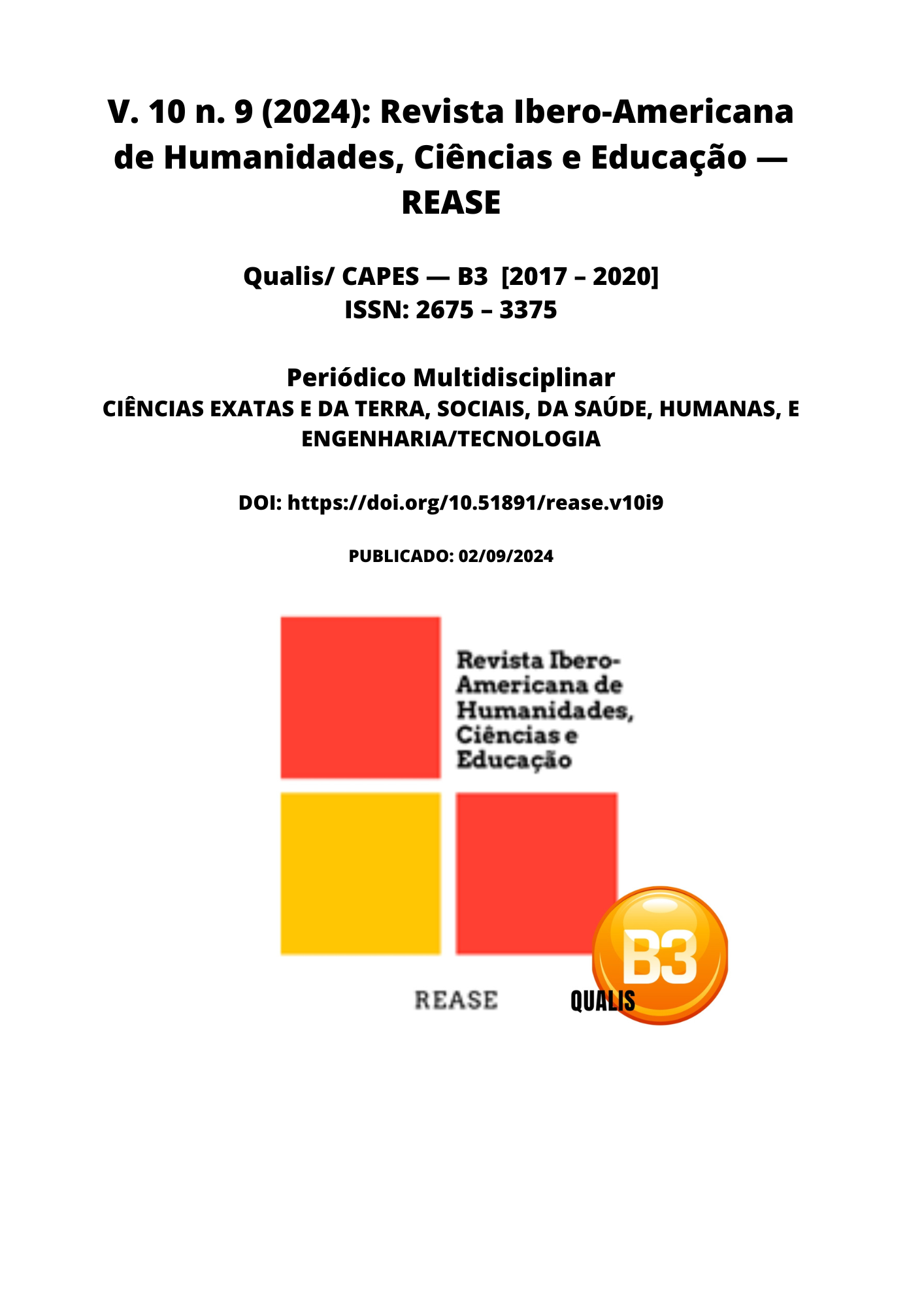DERMATOLOGICAL MANIFESTATIONS IN PATIENTS WITH POLYCYSTIC OVARY SYNDROME: INTEGRATED GYNECOLOGICAL AND DERMATOLOGICAL APPROACH
DOI:
https://doi.org/10.51891/rease.v10i9.15895Keywords:
Acne. Hirsutism. Alopecia. Acanthosis nigricans and Insulin resistance.Abstract
Introduction: Dermatological manifestations are frequently observed in patients with Polycystic Ovary Syndrome (PCOS), a common endocrine condition affecting women of reproductive age. These manifestations include acne, hirsutism, and skin changes, which are linked to hormonal imbalances, insulin resistance, and inflammation. The relationship between dermatological and gynecological health is complex, requiring an integrated approach that considers both the clinical aspects of PCOS and its repercussions on the skin. The management of these manifestations requires a deep understanding of the underlying mechanisms and the therapeutic options available, with the aim of improving the quality of life of patients. Objective: To examine the relationship between dermatological manifestations and Polycystic Ovary Syndrome, emphasizing the need for an interdisciplinary approach involving both gynecologists and dermatologists. Methodology: The methodology was based on the PRISMA checklist, using databases such as PubMed, Scielo, and Web of Science, to select articles published in the last ten years. Five descriptors were used: Acne, Hirsutism, Alopecia, Acanthosis nigricans and Insulin resistance. Inclusion criteria consisted of: peer-reviewed articles, studies that addressed the relationship between PCOS and dermatological manifestations, and publications that detailed therapeutic interventions. Exclusion criteria included: articles in languages other than English or Portuguese, studies with very small sample sizes and non-systematic reviews. Results: The results showed that acne and hirsutism were the most frequent dermatological manifestations, associated with hormonal disorders typical of PCOS. The treatments addressed included the use of oral contraceptives and antiandrogens, which showed efficacy in improving skin conditions. In addition, insulin resistance was identified as an aggravating factor of dermatological manifestations, suggesting the importance of dietary and lifestyle interventions. Conclusion: The analysis of dermatological manifestations in patients with PCOS revealed a significant interconnection between gynecological and dermatological aspects, highlighting the importance of an integrated approach. Early recognition and effective treatment of these conditions can improve patients’ quality of life, reinforcing the need for collaboration among specialists. Future research should continue to explore these relationships to optimize health care.
Downloads
Downloads
Published
How to Cite
Issue
Section
Categories
License
Atribuição CC BY

